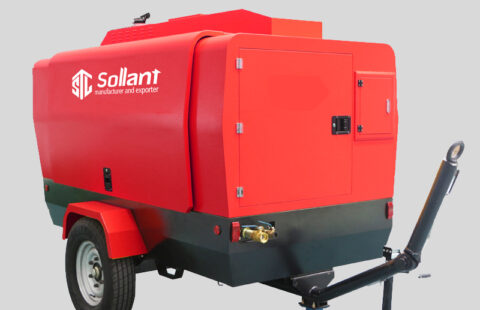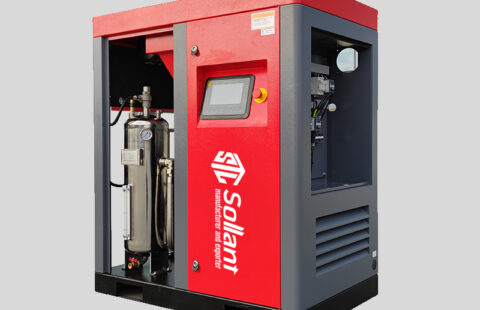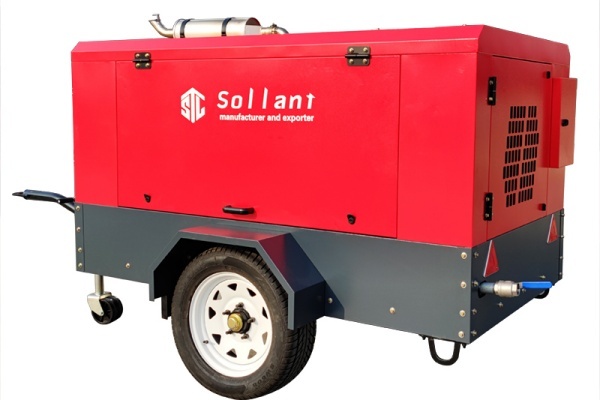
Abnormal noise of air compressor
1. The connecting rod bearing is seriously worn, the connecting rod bolt is loose, the connecting rod bushing is seriously worn, and the main shaft is seriously worn or damaged, resulting in a knocking sound;
2. The belt is too loose, and the groove of the main and passive belts does not match, causing slippage and whistling;
3. The air compressor is not immediately supplied with oil after operation, and the metal dry friction produces whistling;
4. The fixing bolt is loose;
5. The fastening gear nut is loose, causing excessive tooth clearance and knocking sound;
6. There is a foreign object on the top of the piston.
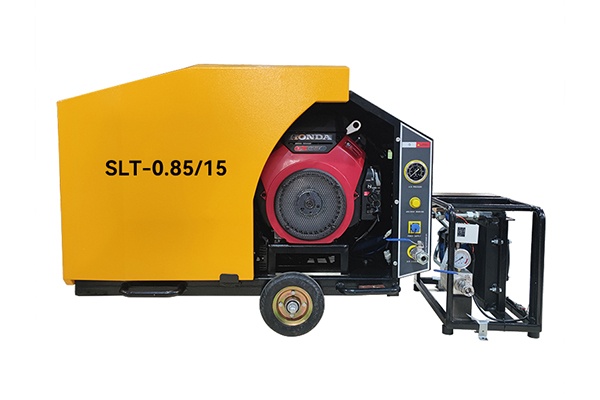
Understanding and troubleshooting methods of faults:
1. Check whether the connecting rod bearing, connecting rod bushing, and main bearing are worn, strained or burned, whether the connecting rod bolt is loose, and check whether the main oil channel of the air compressor is unobstructed; it is recommended to replace the bearing, bushing, and main bearing that are severely worn or strained, tighten the connecting rod bolt (torque standard 35-40N.m), and align the compressed air oil hole with the oil inlet hole of the air compressor; dredge the main oil channel. Pay attention to the main bearing when reassembling.
2. Check whether the grooves of the main and passive pulleys are consistent. If not, please replace them and adjust the tightness of the belt (press down the belt with your thumb, and the distance of pressing down the belt should be 10 mm).
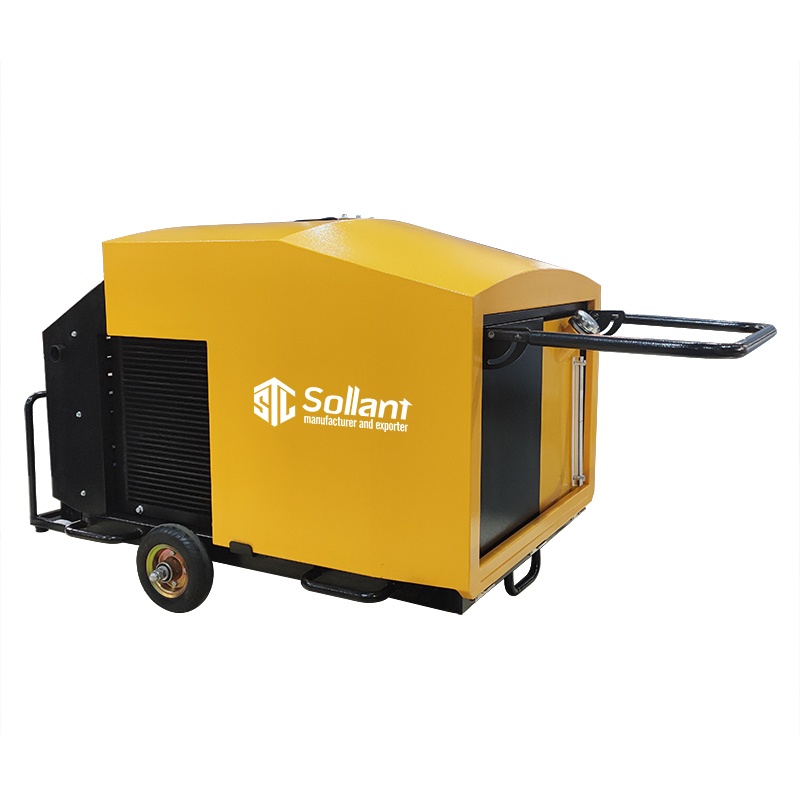
3. Check the lubricating oil inlet pressure and whether the oil pipeline is damaged or blocked. If the pressure is insufficient, adjust, clean and replace the failed pipeline immediately; check the oil quality and impurity content of the lubricating oil, compare with the use standard, and replace it immediately if it exceeds the standard; check whether the air compressor is supplied with oil. If there is no oil supply, a comprehensive inspection should be carried out immediately.
4. Check whether the fixing bolts of the air compressor are loose and tighten them.
5. For gear-driven air compressors, check whether the gears are loose or the gear installation. Tighten the nuts if they are loose, and replace them if there are problems.
6. Remove foreign matter.


